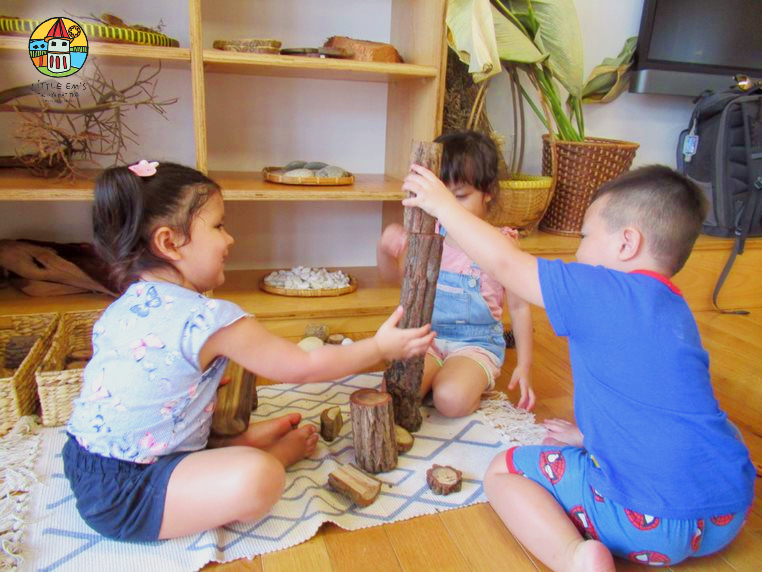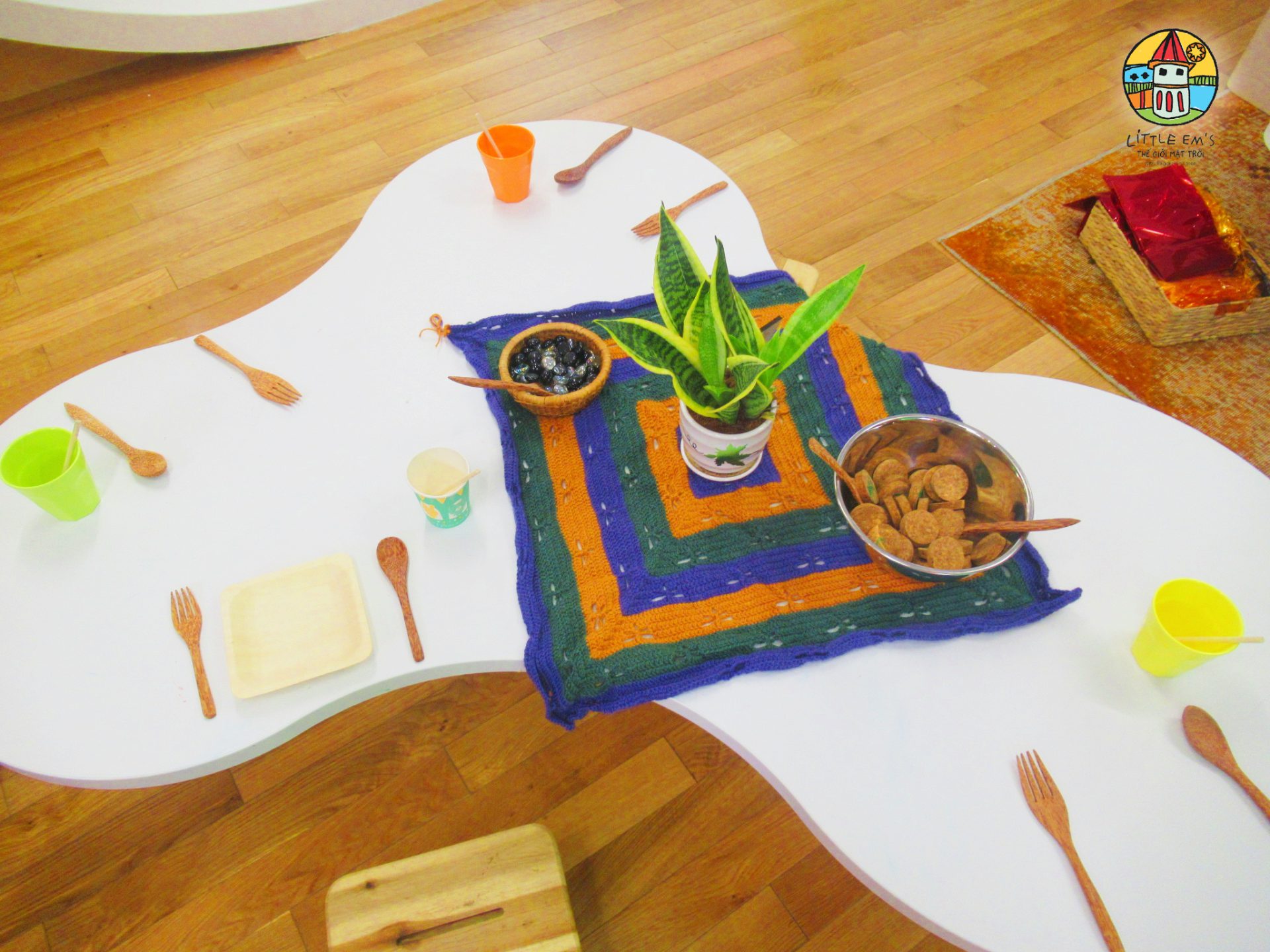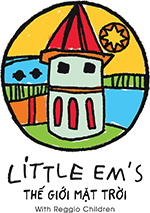Through children’s eyes, a piece of wood or a rubber band can be inspired by countless games and thousands of interesting stories with fascinating details to share, make friends, and develop communication skills.
Toys are tools that often appear in the learning environment in preschools. In the consumer culture, the toy market always witnesses a variety of brand-new products which has electronic integrated and modern features. Children love to discover new things are often attracted to new toys they see presented on YouTube.
When we were kids, our toys are all we hold in our hands. 
Dr. Shelley Lindauer (Utah University, US) said that having too many toys may lead children to the phenomenon of “toy overload”, causing children to “overwhelm”, and then to neglect their toys. Due to this overload, children can become more easily distracted from current tasks, get bored quickly, and give up easily what they are doing to switch to new things. This “overload” also prevents children from learning to appreciate or being responsible for keeping their toys.
One of the studies from the University of Toledo, USA has shown that children can be more creative if they have fewer toys. Watching 36 children play for an hour, observers found that children playing with fewer toys were more focused and creative in their play.
Children with fewer toys also learn to develop relationships with other children and adults. They learn to listen and talk in a conversation.

Children are more often dissatisfied with finished items and not interested in them. You can buy them an expensive toy train, but what they’re interested in is taking its part and then reassembling as they want.
At Little Em’s, the first and only Reggio Emilia Approach® preschool in Vietnam, objects found in daily life are toys, and they stimulate the creativity inherent in each child. Toys such as clay, paper, colors, pieces of wood, leaves, stones, water, rock, shadow, ropes are placed everywhere in the classroom.
A common feature of these toys is that they have no distinctive shape if left alone, they are ingredients to be combined and shaped into different forms. These materials create a sense of pleasure to touch and are safe for children’s health. The creativity of the children will determine unique and funny shapes.
When children are given some clay without any instructions, they will not be able to shape any meaningful things. However, after some time to be creative, they will start to make shapes with the clay. The different shapes must be new discoveries, which are precious experiences for the children.

Children will “remember” the tactile feelings, the excitement of touching the soil, and then repeat that action many times. Children will learn the relationship between touching and forming objects.
Gradually they will realize that just squeezing the clay is no longer interesting, they will begin to squeeze the clay, “This is a plate”, and stretch it and “This is a snake”. Just like that, children create more complicated shapes. These playstyles are seeds that help children develop their own diverse abilities to respond to the increasing demands of each growth stage.
Children become familiar with clay in early childhood and a child does not have big differences in their ability to shape and their ability to simulate things when they grow up.



